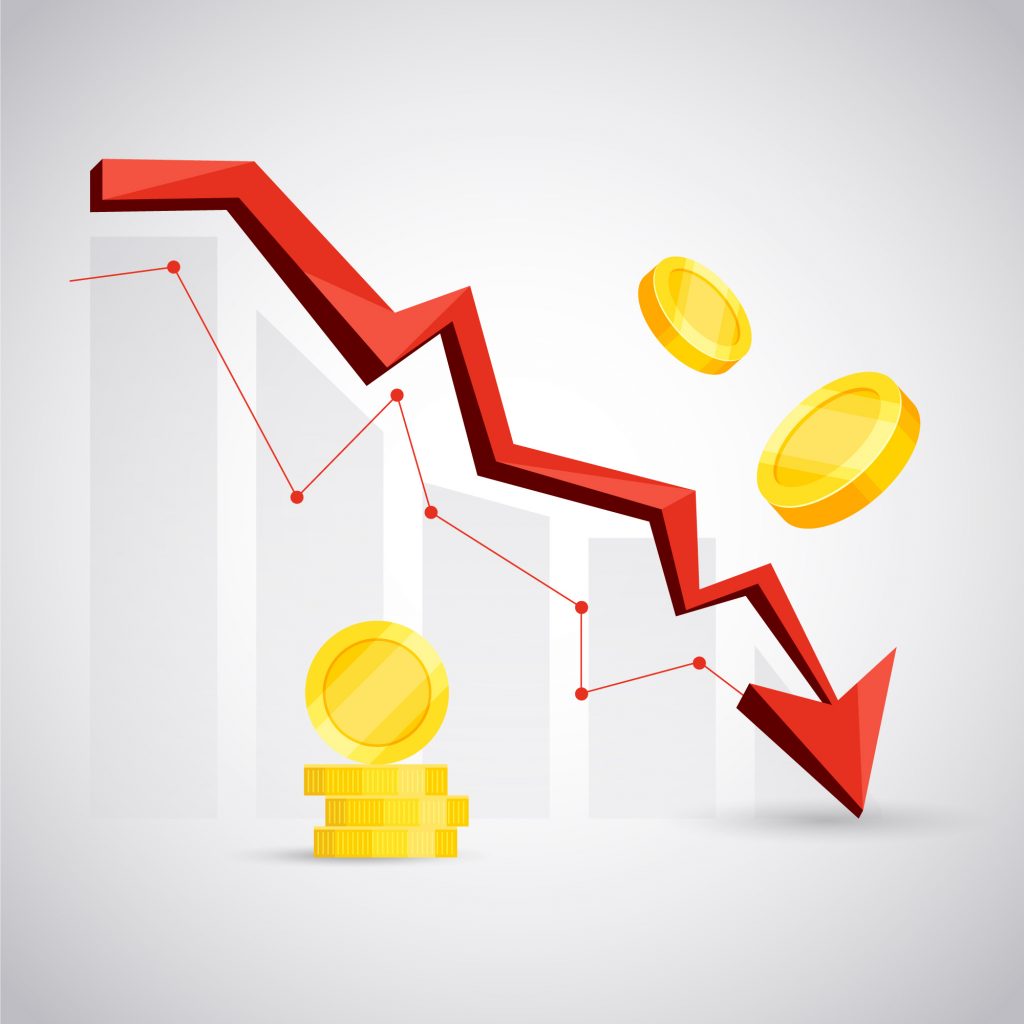Two out of three active fund managers underperformed passive funds during the market volatility of the past year, according to the latest Morningstar data, which covers over 30,000 funds in Europe and UK.
It said active managers have “failed to impress” over a period of substantial market volatility, where ordinarily they might be expected to have an edge of passive ETF and tracking funds. In total 35 per cent of active funds across 43 equity categories survived and outperformed their passive peer in the one-year period to the end of June 2022.
Morningstar said that only seven equity categories showed a rate of success for active managers above 50 per cent in this period.
Fund managers in fixed income performed slightly better, but still – on average – underperformed passive strategies. Morningstar found 40 per cent of these fund managers, working across 23 categories, outperformed passive indices over this same 12-month period. There were seven categories showed a one-year success rate above 50 per cent.
Morningstar pointed out that active managers may have been expected to perform better, give the difficult economic background, which has included rising inflation, tensions in the energy market and the fallout from the Russian invasion of Ukraine.
Its report said: “Major central banks changed policy gear and started to hike interest rates. All of this made for very challenging conditions for equity and bond markets, which experienced significant falls over the period.
“This was the type of environment where active managers could have been expected to beat passive peers more easily, as these typically incorporate the full downside in market valuations.”
However it says this has not been borne out in the analysis of the data, where active management continues to underperform over both shorter and longer time frames.
Its report says: “Long-term success rates for active managers remain low overall. The average rate of success for active equity managers over the past decade was 24 per cent, while the average rate of success for fixed-income active managers was 21 per cent.
“Over the 10 years through June 2022, the success rate for active managers was less than 25 per cent in over half of the 72 categories surveyed across broad asset classes. More so, only three categories: global equity income, UK equity income, and Switzerland property—delivered a success rate for active managers over 50 per cent.”
Morningstar adds that survivorship rates are positively correlated with odds for success. “The biggest driver of active funds’ failure is their inability to survive, which is often a result of lacklustre performance. This can be explained by a mix of wrong stock-picking decisions and the compounding negative effects of higher fees relative to their low-cost passive competitors.”
Morningstar’s analysis shows that survivorship rates for active funds tended to be lower for large cap funds, in the equity sector, but were higher in the smaller and mid cap sectors.
Morningstar says typically, success rates for active managers are higher in equity categories focusing on the mid- and smaller segments of the cap spectrum compared with large caps or categories.
The data shows that active funds also have higher odds of success in equity categories, where the average passive peer is structurally biased to exposure to a specific economic sector. A classic example is the Norway equity category, where passive funds are top-heavy in terms of individual names and come with a high tilt to energy and financials sectors.
It says that around half of active funds in global equity income or European equity income outperform their passive peer over the 10 years. A key driver has been successful bets on the healthcare and technology sectors, which have delivered impressive performance over the past decade.
Dimitar Boyadzhiev, senior manager research analyst, passive strategies says: “Our Active/Passive Barometer is a useful measuring stick that can help investors calibrate the odds of succeeding with active funds in different areas based on recent trends and longer-term history.
“Comparing funds’ mortality rates between active and passive shows that the latter have had better odds of surviving over the long term. The contrast is starkest over longer periods.”
